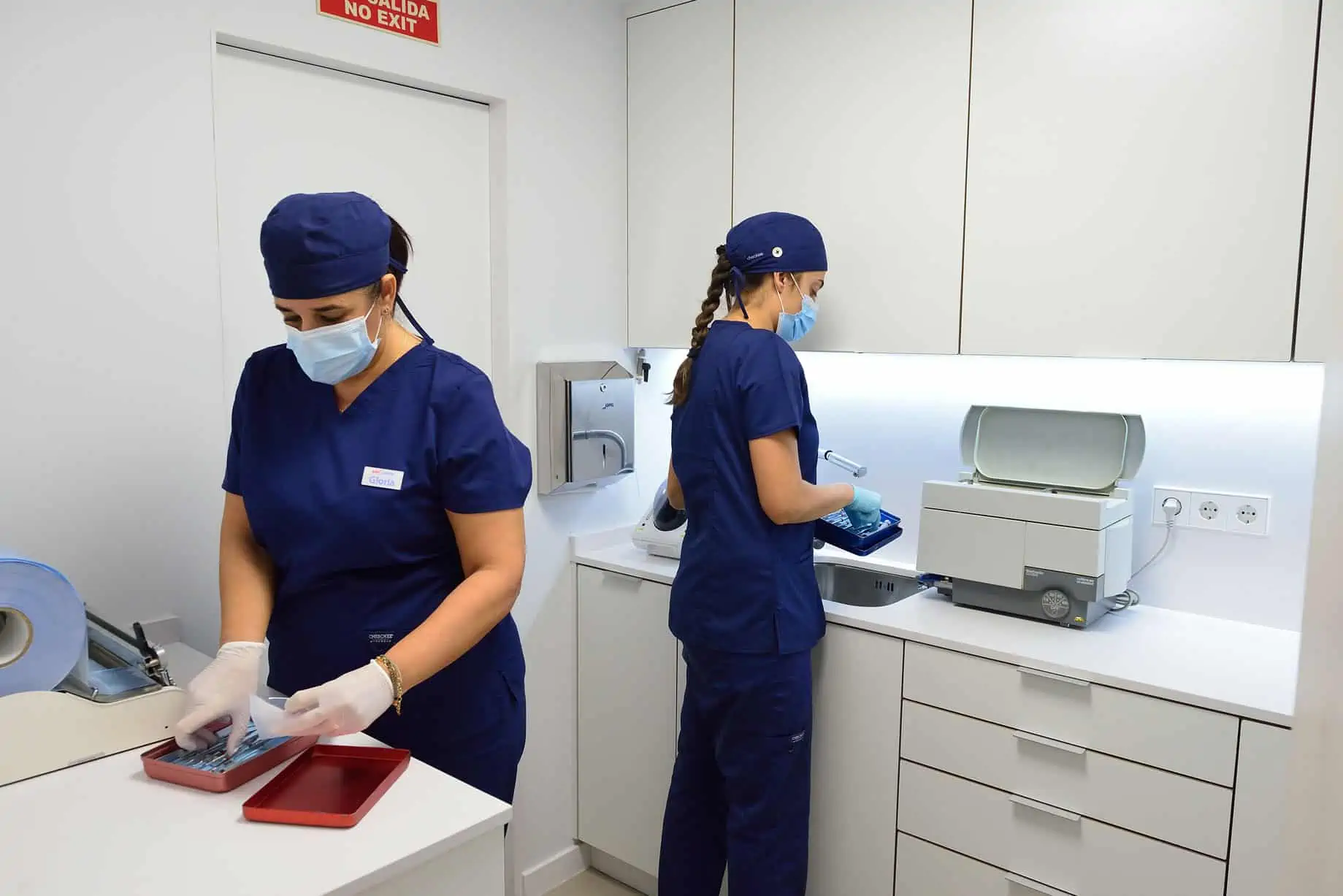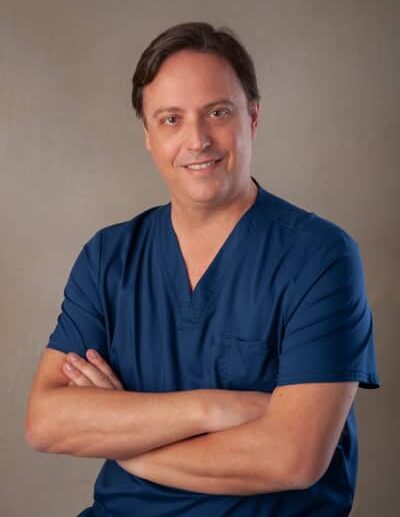Dental inlay in Mallorca
Would you like a solution to your dental or facial problem?
Ask us for an appointment with free examination and diagnosis.
Whether you wish to start treatment or request information, you are in the right place. Leave us your details and we will contact you within three hours.

What is dental inlay?
Phases of a dental inlay
The dental inlay technique will depend on the extent of the damage. Thus, if the intervention can be carried out on the same day, we are talking about an inlay, as in the case of dental reconstructions. Alternatively, it may be necessary to make a mould of the affected area. In this case, the phases would be as follows:
In this phase of the dental inlay the specialist would remove, if any, decayed tissue from the tooth with tools specifically designed for this purpose. He or she will then proceed with the cleaning of the tooth to ensure that no trace of the disease or decay-causing bacteria remains. This, as in the case of fillings, will leave a considerable cavity in the tooth (usually molar), which is where the inlay should be placed.
The first step in the production of a dental inlay is the taking of measurements, which will allow the missing tooth structure to be reconstructed. To do this, we use an intraoral scanner with which we can design the exact shape of the artificial tooth to be reconstructed by computer and send it to the laboratory together with the selected colour. While the piece is being fabricated, we place a provisional seal to guarantee stability and facilitate the patient’s dental hygiene until the custom-made inlay is sent to the dental clinic.










